Cow symbol (the myth) Iran and other civilizations
Why is the first chapter of the Holy Quran Baqarah???
Is this the first time in the history of religions that this animal is sacred?
Are religious stories and traditions rooted in the mythology of ancient civilizations?
Where did the sacrifice of animals in gratitude for blessings and avoiding disasters come from?
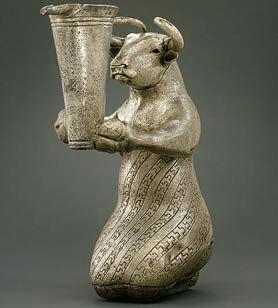
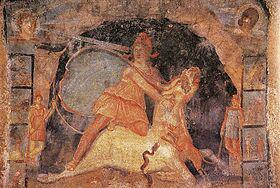
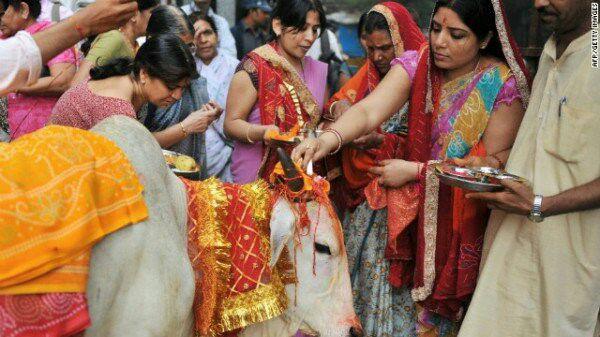
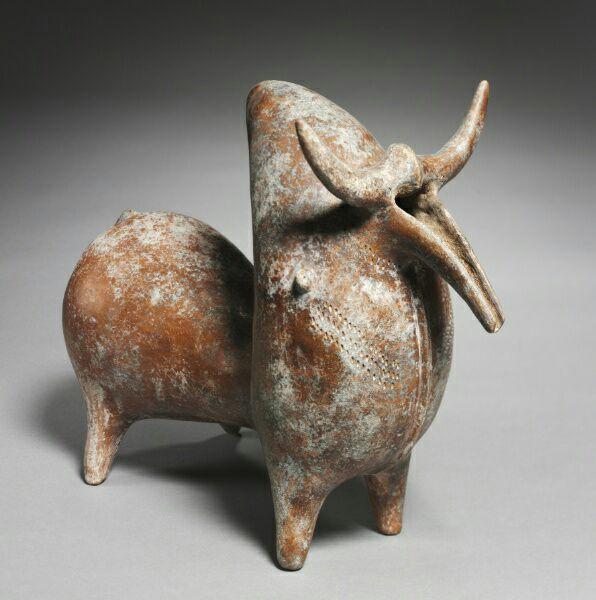
the period: 1000 BC
Dimensions: 25/70x14/40x32/10 cm
keeping place: The Cleavland Museum of Art
Cow element in ancient Iran
Indian and Iranian peoples have always attached an important role to cows due to their animal husbandry lifestyle..
But in Iran, the cow played a role as a symbol of growth, life, nature and fertility.
Mitraism
Cow in Mehri ritual
In Mithraism, killing a cow was a symbol of freedom from ego and lust, and it was done as if to unite with God..
زرتشت
After the appearance of Zoroastrianism, killing and sacrificing cows was forbidden as a religious ritual, and Zoroastrianism did not consider it permissible to kill cows except for necessity and as food. Also, eating beef and other animals was forbidden on some days of the year.(Promoting vegetarian culture and not harming living beings).
Persepolis
In Persepolis, cow and lion as symbols of the moon and the sun (summer and winter ) and the victory of the lion over the cow is a symbol of the end of winter and the rebirth of nature. The horn of the cow has always been a symbol of the moon due to its similarity with the crescent moon, and we know that in Iranian mythology, the moon has always been a sign of life and the beginning of life..
Carl Gustav Jung, a famous psychologist in the book “Champion” Sacrifice of cow in Iranian Mehr religion is analyzed psychologically, it is considered as a sign of sacrificing the body and lust and reaching spiritual excellence..
Cow in Egyptian civilization
In the Egyptian civilization, many gods were embodied with bulls, including the god of war Monto, the god of the city of Tab, Meneh Weiss, the messenger of Atom, and the annual Da Memphis ceremony was held with the presence of the pharaoh and the sacred bull..
In Neo-Assyrian statues, the winged bull with a human head has the role of protection and guard.
The bull or the calf has been worshiped as a symbol of the gods since the beginning, and of Amon; The Egyptian sun god is mentioned in the prayer mav as the cow of his mother .
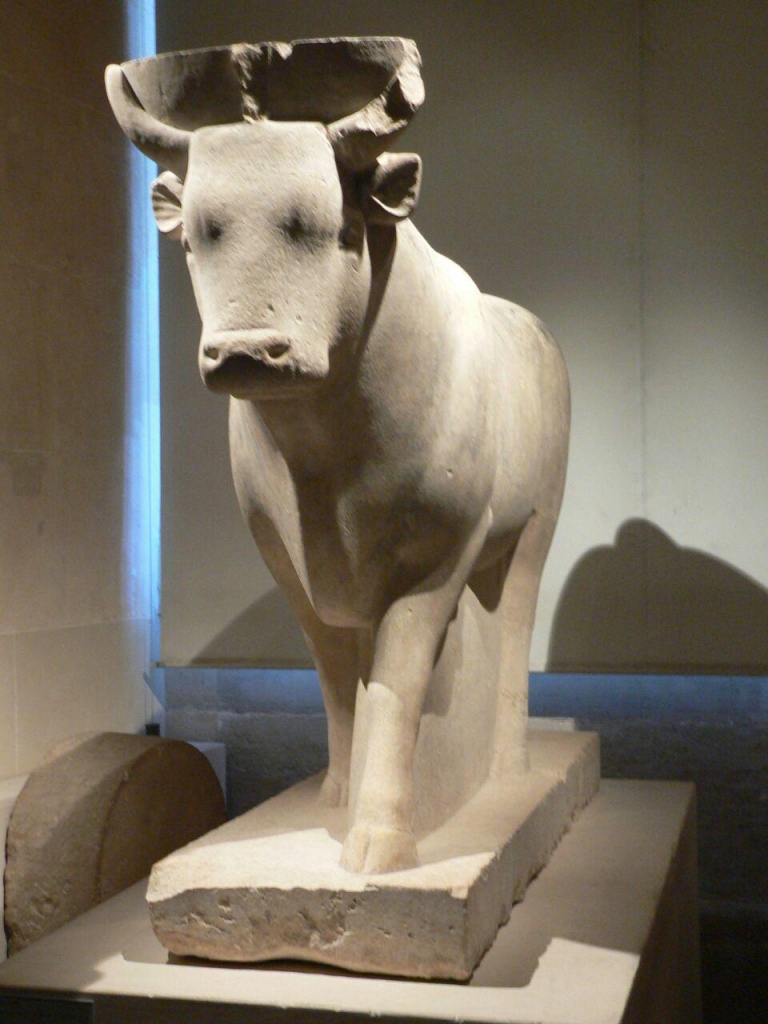
Cows in India
In Hinduism, they believe that Brahma created the cow and Brahman on the same day, and for this reason, one refrains from eating its meat..
❗️ But according to the sanctity they hold for the cow, they consider its mouth impure for lying in front of the gods and Vishnu's curse on it..
The movement of cows in temples and altars in ancient Egypt and in present-day India and the prohibition of eating beef are signs of cow sanctity in the past, which spread from India to the Far East with Buddhism..
The most famous remains of cow sanctity in Mesopotamian civilization
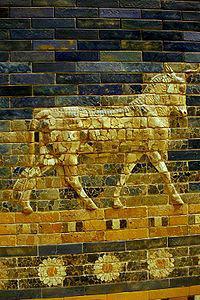
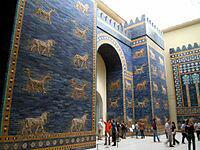
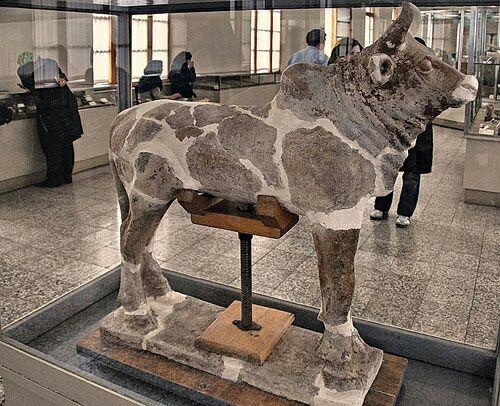
keeping place : Museum of Ancient Iran in Tehran
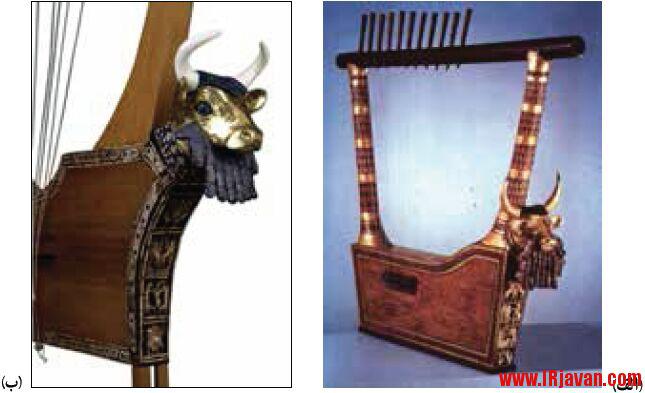
Cow with decorations and delicate details in its grip
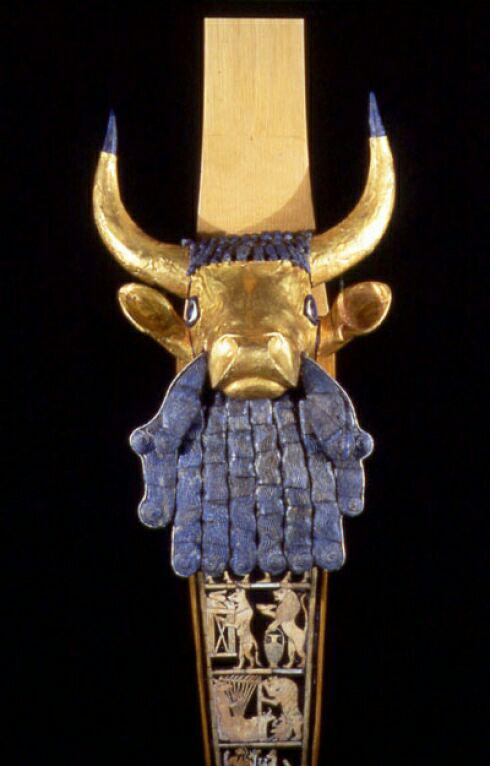
Now, after examining this myth in various civilizations, we will mention its presence in Abrahamic religions .
Surah Baqarah (It means the surah of the female cow) It is the second and largest surah of the Qur'an and has 286 verses. Most of the verses of this surah were revealed in Madinah and after the Hijrah.
red cow (Hebrew: Red cow پاره ادوماه) which is also called the red calf, is the name of the cow that is mentioned in the Bible, and the Israelites sacrificed it by God's order and used its ashes to cleanse the people who were in contact with a dead body..
The Samaritan calf or Aaron's calf is a calf from Talabodeh, which is a Samaritan (According to the Qur'an) Or Aaron (According to the Torah)When Moses went to Mount Tor, he made gold and invited the Israelites to worship it.
The tenth day of the lunar month of Dhul-Hijjah coincides with Eid al-Adha, one of the most cherished Muslim holidays, which is celebrated by many Muslims in memory of Abraham and his son Ismail..
On this day, cows and sheep are sacrificed to thank for the blessings and ask for forgiveness and avoid calamities. !!!
Bahareh Karimi's collection of mythological studies



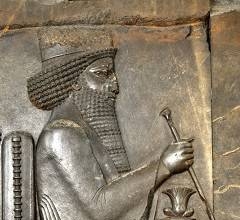

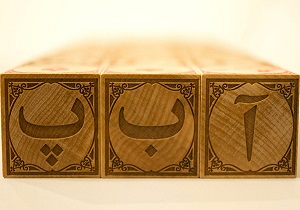
Thank you for your good content. Despite the little time I had, your content helped me in my research..